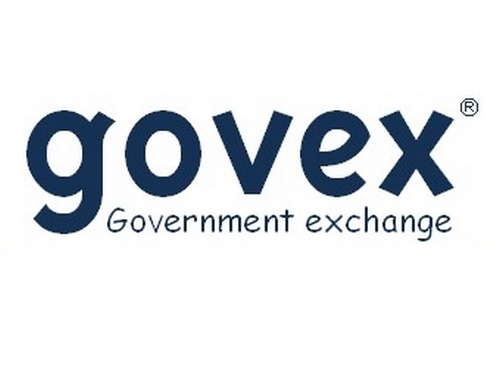The phenomenon of public-private partnerships (PPPs), which re-define the relationship between the public and private spheres, is expanding rapidly. This Green Paper takes stock of existing practices in the European Union from the perspective of Community legislation. In letting those involved express their views, it launches a debate on whether a specific legal framework should be drawn up at European level.
ACT
Green Paper on public-private partnerships and Community law on public contracts and concessions [COM(2004) 327 final].
SUMMARY
PPPs describe a form of cooperation between the public authorities and economic operators. The primary aims of this cooperation are to fund, construct, renovate or operate an infrastructure or the provision of a service. PPPs are present in sectors such as transport, public health, education, national security, waste management, and water and energy distribution. At European level, they help implement the European Initiative for Growth and trans-European transport networks.
PPPs are characterised by:
- the duration of the relationship between the partners;
- the method of funding the project;
- the role of the partners in the definition of objectives, design, completion, implementation, and funding;
- the distribution of risks.
The Green Paper distinguishes two types of PPP:
- PPPs of a purely contractual nature.
In this case, the partnership is based solely on contractual links and may fall within the scope of European Directives on public procurement;
- PPPs of an institutional nature.
These PPPs involve cooperation within a distinct entity and may lead to the creation of an ad hoc entity held jointly by the public sector and the private sector or the control of a public entity by a private operator.
Analysing PPPs from the perspective of Community legislation
There is no specific legal framework for PPPs at European level. The Green Paper therefore seeks to examine whether the Treaty establishing the European Community (EC Treaty) and its secondary legislation is suitable and sufficient to cope with the particular challenges posed by PPPs. This analysis looks at both the selection of the private partner and the implementation of the partnership.
Any act whereby a public entity entrusts the provision of an economic activity to a third party must be examined in the light of the rules and principles of the EC Treaty. With regard to the freedom of establishment and the freedom to provide services (Articles 43 to 49), these principles encompass transparency, equality of treatment, proportionality and mutual recognition. The EC Treaty thus applies to PPPs.
Certain forms of PPPs are subject to European legislation on public procurement procedures. Revised in 2004, this legislation introduces a new procedure for awarding contracts: the competitive dialogue. This dialogue provides a legal basis for certain forms of PPPs in the case of very complex projects for which a competent authority has a specific need and seeks the economic operator offering the optimum technical solution.
PPPs may be involved in works or services concessions. These can be distinguished from public contracts insofar as at least part of the economic operator's remuneration comes from operation of the infrastructure or service. At European level, concessions fall partly, or in the case of services concessions entirely, outside the scope of the European directives on public procurement. The Commission's Interpretative Communication on concessions under Community law [Official Journal C 121 of 29 April 2000] sheds light on the obligations incumbent on the public authorities when selecting the applicants to whom concessions are granted.
Is there a need for a specific legal framework for PPPs at European level?
Professional circles complain about the lack of legal clarity in Community legislation, a situation which is holding back the expansion of PPPs.
The Green Paper launches a public consultation on the best way to ensure the development of PPPs under conditions of effective competition and legal clarity. It asks a total of 22 questions which deal in particular with the following topics:
- the framework of the procedures for selecting the private partner;
- the establishment of private initiative PPPs;
- the contractual framework and any changes made in the course of a PPP;
- sub-contracting;
- the importance of effective competition in the case of institutionalised PPPs.
The Commission promises to analyse and publish the results of the contributions made to the public consultation. It will, where appropriate, submit concrete follow-up initiatives. There are various possibilities, none of which is compulsory: binding legislation, an interpretative communication, the better coordination of national actions, or the exchange of best practice among Member States.
Background
As announced in its Strategy for the internal market 2003-2006, the European Commission has published the Green Paper on public-private partnerships (PPPs).
PPPs have been expanding rapidly over the last fifteen years or so. The public authorities make increasing use of them in view of the budgetary constraints with which they are confronted. In this way, they can benefit from private sector know-how. Another advantage lies in the savings made possible by PPPs as they incorporate all the stages of a project, from its design through to exploitation. On a more general level, PPPs also contribute to the Community debate on services of general interest. The development of PPPs also forms part of the changing role of the State in the economy, as it moves away from being a direct operator towards the role of organiser, regulator and controller.
RELATED ACTS
Communication from the Commission of 15 November 2005 to the European Parliament, the Council, the European Economic and Social Committee and the Committee of the Regions on public-private partnerships and Community law on public procurement and concessions [COM(2005) 569 final - Not published in the Official Journal].

